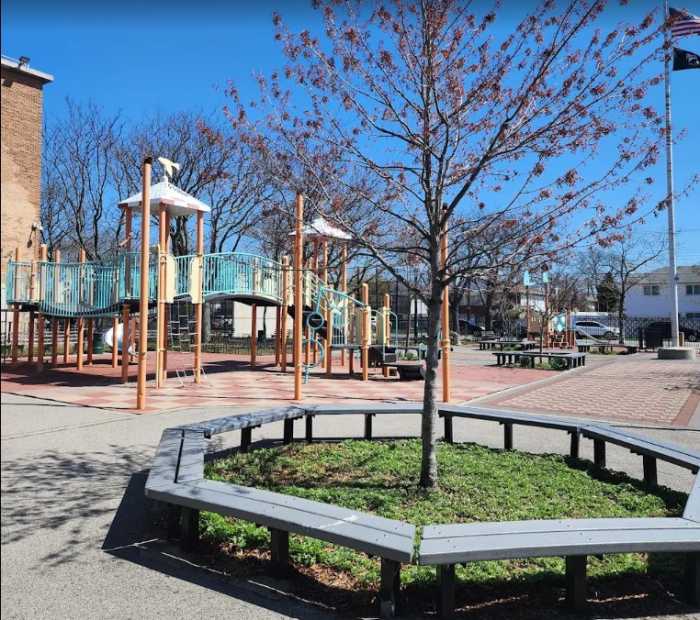Costs Drop, But Care Quality Improves
State Department of Health Commissioner Nirav R. Shah highlighted data that shows New York’s efforts to reform and restructure Medicaid are working: Medicaid costs are decreasing as enrollment is increasing, and the quality of the program is also receiving high marks.
Reportedly, initiatives developed by Gov. Andrew Cuomo’s Medicaid Redesign Team (MRT) continue to “bend the cost curve” on services provided to Medicaid beneficiaries, especially in New York City. This improvement is primarily reflected in long term care services, which were the primary cost driver in spending growth before the governor created the MRT in January 2011.
“Medicaid Redesign initiatives are successfully improving the quality of care and individual health outcomes for Medicaid members, while reducing costs for New York taxpayers,” Shah said. “New York has proven that health reform can produce positive results, and we con- (MLTC) Report found that the overall functional ability of 90 percent of MLTC enrollees has remained stable or improved, 85 percent of MLTC plan members rated their health plan as “good” or “excellent”, and 91 percent would recommend their plan to a friend. In addition, a recent study by the National Committee for Quality Assurance (NCQA) analyzed New York State’s Medicaid health care plans against 76 different quality measures and found that when it comes to offering the right type of care for costly health factors like diabetes, childhood obesity, smoking cessation and follow-up care for the mentally ill, New York is a national leader, second only to Massachusetts.
Mandatory Enrollment in MLTC Plans (MRT 90) calls for the expansion of MLTC for Medicaid recipients who are also eligible for Medicare (dual eligibles) and currently receiving community-based long term care services. Those currently in receipt of community-based long term care services or new users requesting the services will have the option of enrolling in Partial, PACE, or MAP plans.
If recipients do not pick a plan, they will be automatically enrolled in Partial Capitation plans because only the Partial plans’ benefit package is solely covered by Medicaid. PACE and MAP plans include benefits covered by Medicare, thereby excluding these plans as options for mandatorily enrolled individuals.
The implementation is planned for five phases over the course of at least two years (2012 through 2014) beginning in Manhattan. Managed long-term care assists chronically ill or disabled individuals who require health and long-term care services. MLTC plans receive a monthly riskadjusted capitation payment from New York State Medicaid to pay for a range of health and social services. The benefit package includes home care, personal care, social supports, and transportation services.
The costs of skilled nursing facility services are included in the capitation payment, thereby providing a financial incentive for the plans to keep their members healthy and living in the community. Depending on the type of plan, ambulatory care, inpatient, and mental health services may also be included in the benefit package.
MLTC enrollment has steadily increased over the past eight years from approximately 10,000 in 2004 to nearly 70,000 as of November 2012, with the number of plans growing from 16 plans to 38 plans. Currently, 89 percent of the enrollment is in partial capitation plans and highly concentrated in New York City, which accounts for 93 percent of MLTC enrollment.
Governor Cuomo established the Medicaid Redesign Team (MRT) upon taking office in January 2011, bringing together stakeholders and experts from throughout the state to work cooperatively to reform the system and reduce costs. The collaborative process ensured that the action plan outlined in the MRT report has broad support among the health care stakeholder community.
More information on the MRT and its initiatives is available at www.health.ny.gov/health_ care/medicaid/ redesign/.




































